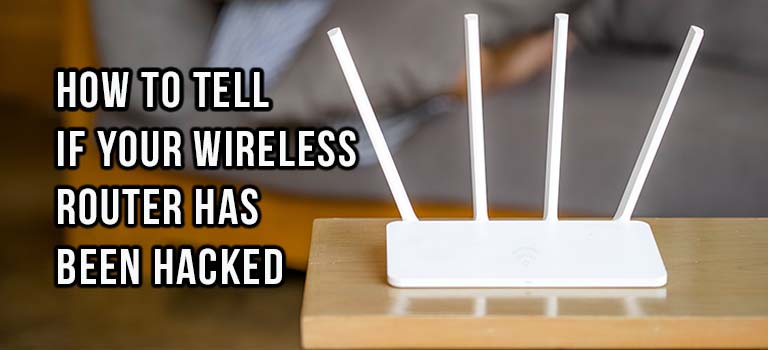Routers are hardware devices used by ISPs (Internet Service Providers) to connect their customers to their xDSL or cable internet network. Wi-Fi routers or wireless routers combine wireless access points, networking functions, and a router.
In essence, routers connect local networks to the internet or other local networks; thus, wireless access points connect devices to their network. They use 2.4, 3.6, 5, and 900 MHz radio frequencies and 60GHz frequency bands. Most current Wi-Fi routers have IEEE 802.11ac Wave 2 standard, commonly known as Wave 2.
Wireless routers are also known as wireless local area network (WLAN) devices. On the other hand, wireless networks are known as Wi-Fi networks.
How Routers Are Hacked
There are many different ways routers are hacked. The following are the two most common:
- Enabling Remote Management
Remote management gives you access to your router from a distant location. Remote management is enabled by connecting a router to the internet. Most people will use SSH or RDP (Remote Desktop Protocol) to run programs remotely. Even though they have passwords, the attackers can figure the passwords out and therefore, have complete access to your entire network.
- Network Vulnerabilities.
Outdated software and weak passwords are a couple network vulnerabilities that make it easy for attackers to access your router. Research done by Avast in 2019 showed that about 60% of global router users didn’t update the device’s firmware in 2018. This left their connections potentially susceptible to attackers who exploit such firmware vulnerabilities.
What happens when your router is hacked?
Things get real ugly real quick once a hacker gains access to your router. A few examples are as follows:
- Data is stolen. This includes messages on your social media accounts, emails, and your passwords.
- DNS hijacking target. This involves redirecting users to sites they shouldn’t visit, e.g., phishing websites.
- DDoS and malware attacks. Malicious code snippets can be injected, thereby compromising your entire network. Hackers could also use your router to cause a distributed Denial-of-Service (DDoS) attack on other websites or networks. That way, users won’t be able to visit those websites or access networks.
- Accessing illegal content. Hackers also use internet connections to upload or view unlawful streams; media or even download content that was pirated. They could also shop the dark web using your accounts and network.
How to tell if your wireless router has been hacked
Once hackers have found their way into your router and network, they will most likely carry out malicious activities like website reroutes and identity theft. Here is how to tell if your wireless router has been hacked:
- You can no longer log in to your router.
- Your network lists alien IP addresses.
- You receive fallacious antivirus and ransomware messages.
- There are software installations that are undergoing without your permission.
- Your ISP contacts you regarding activity on your network.
Different router attackers have various reasons for gaining illegal access to your router. For example, wanting free access to a Wi-Fi connection. In such a case, you will only notice an alien IP address on your network’s list, and internet speeds will be lower than usual.
Ways of fixing a hacked Wireless router
Hackers with a more malicious intent can be identified because your router will have more flagrant symptoms. Presence of such symptoms call for immediate action e.g. using VPN. ExpressVPN is a recommended VPN software. Other symptoms like router inaccessibility and unapproved software installations also indicate possible hacking. To fix this:
- Reboot the device
Rebooting the router disrupts active malware. In 2018, there was a VPNFilter Malware threat going around. The FBI recommended that users reboot the routers as soon as they suspect any threat. After the reboot, reconfigure all the network settings.
- Update the firmware
While there are routers that auto-update their firmware, there are those that do not—as such, ensuring that the firmware is continually updated will help keep attackers at bay. It is safest to upgrade the firmware as soon as an upgrade is available or after every three months.
- Avoid remote administration
While remote administration is a helpful feature, you should consider deactivating it. Lack of this feature means you are reducing the chances of real-time computer manipulation. If you must use this feature, always change passwords after some time.
- Enable guest network
Turning on the guest network keeps your visitors and devices network separate. This will keep your devices and network connection protected.
Conclusion
Routers are the sources of your home’s wireless internet connection. As such, leaving them vulnerable to threats and unsecured is a costly experiment. Protect your devices from perpetual hacking by utilizing the points listed above.
Harry Wilson
Tags: Cyber Attacks, Cybercriminals, Cybersecurity, DDoS, hackers, Malware, Network, Network Security, Phishing, Router, Security, WiFi



